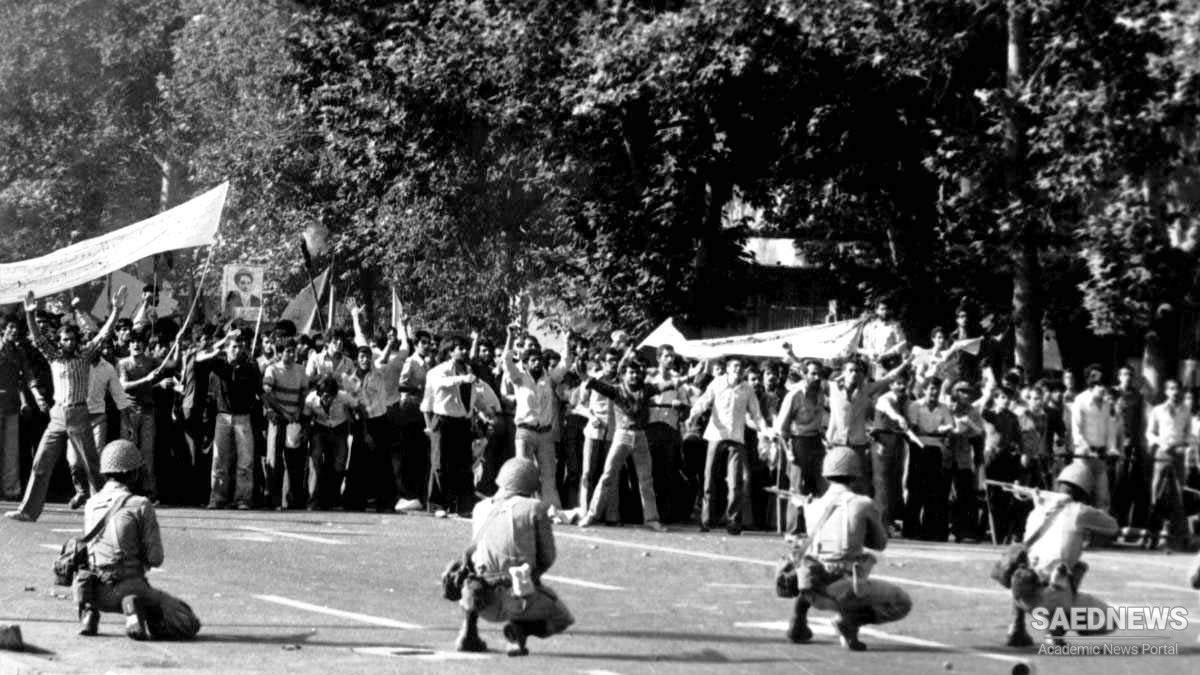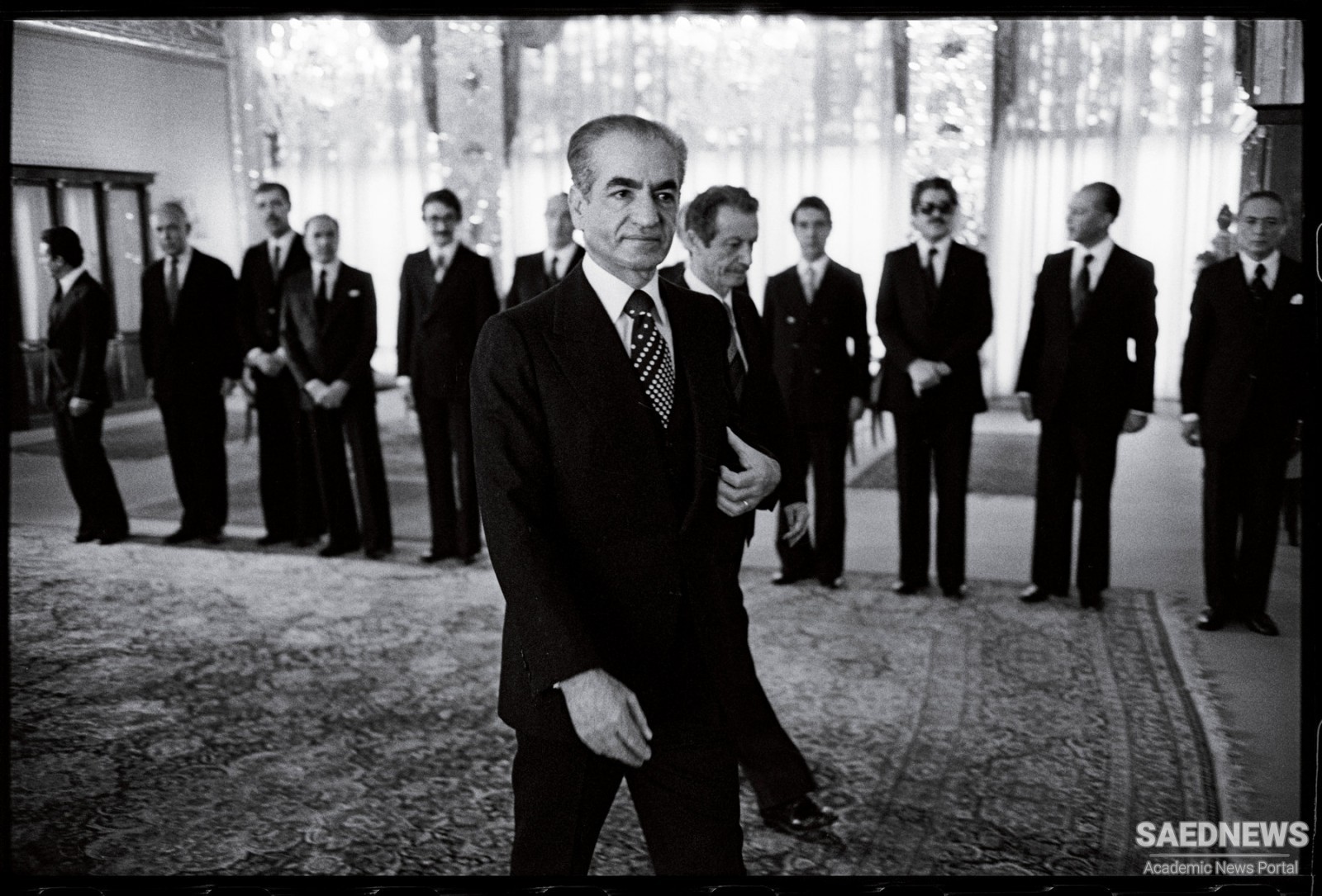The shah’s reforms also had failed completely to provide any degree of political participation. The sole political outlet within Iran was the rubber-stamp Majles, dominated since the time of Mosaddegh by two parties, both of which were subservient to and sponsored by the shah. Traditional parties such as the National Front had been marginalized, while others, such as the Tūdeh Party, were outlawed and forced to operate covertly. Protest all too often took the form of subversive and violent activity by groups such as the Mojāhedīn-e Khalq and Fedāʾīyān-e Khalq, organizations with both Marxist and religious tendencies. All forms of social and political protest, either from the intellectual left or the religious right, were subject to censorship, surveillance, or harassment by SAVAK, and illegal detention and torture were common. Many argued that since Iran’s brief experiment with parliamentary democracy and communist politics had failed, the country had to go back to its indigenous culture. The 1953 coup against Mosaddegh had particularly incensed the intellectuals. For the first time in more than half a century, the secular intellectuals, many of whom were fascinated by the populist appeal of Ayatollah Khomeini, abandoned their project of reducing the authority and power of the Shiʿi ulama and argued that, with the help of the clerics, the shah could be overthrown (Source: Britanica).



 White Revolution of Mohammad Reza Shah: Mobilization of Revolutionary Forces
White Revolution of Mohammad Reza Shah: Mobilization of Revolutionary Forces














































